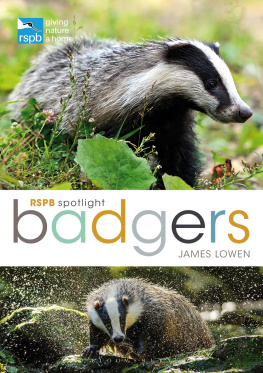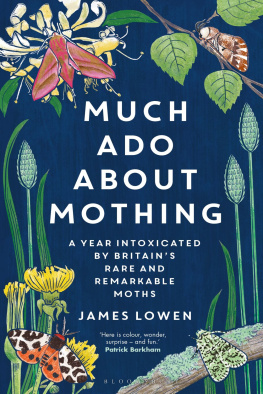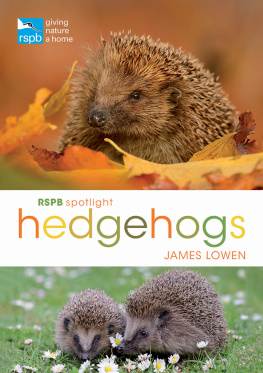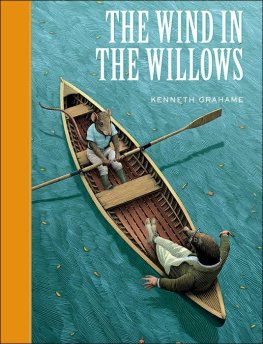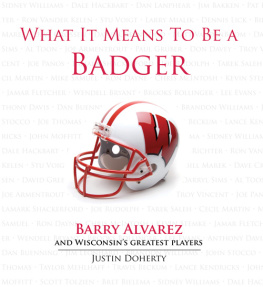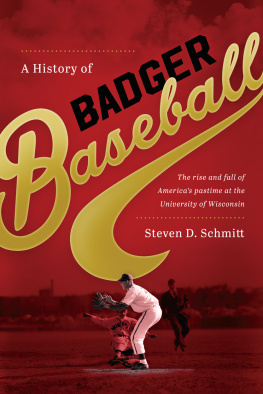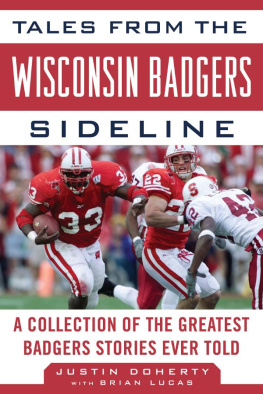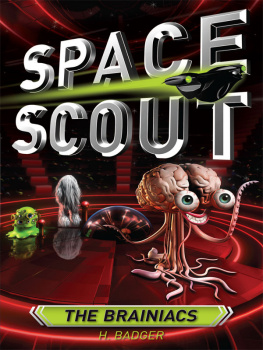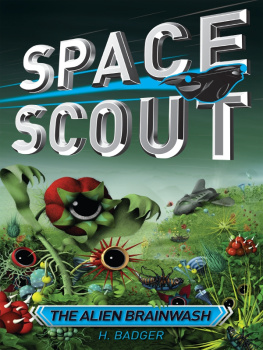
Bloomsbury Publishing
| 50 Bedford Square | 1385 Broadway |
| London | New York |
| WC1B 3DP | NY 10018 |
| UK | USA |
www.bloomsbury.com
This electronic edition published in 2016 by Bloomsbury Publishing Plc
BLOOMSBURY and the Diana logo are trademarks of Bloomsbury Publishing Plc
First published 2016
James Lowen, 2016
photos as credited
James Lowen has asserted his right under the Copyright, Designs and Patents Act, 1988, to be identified as Author of this work.
All rights reserved
You may not copy, distribute, transmit, reproduce or otherwise make available this publication (or any part of it) in any form, or by any means (including without limitation electronic, digital, optical, mechanical, photocopying, printing, recording or otherwise), without the prior written permission of the publisher. Any person who does any unauthorised act in relation to this publication may be liable to criminal prosecution and civil claims for damages.
No responsibility for loss caused to any individual or organization acting on or refraining from action as a result of the material in this publication can be accepted by Bloomsbury or the author.
British Library Cataloguing-in-Publication Data
A catalogue record for this book is available from the British Library.
Library of Congress Cataloguing-in-Publication data has been applied for.
ISBN: 978-1-4729-2181-9 (PB)
ISBN: 978-1-4729-2781-1 (ePDF)
ISBN: 978-1-4729-2182-6 (eBook)
To find out more about our authors and their books please visit www.bloomsbury.com where you will find extracts, author interviews and details of forthcoming events, and to be the first to hear about latest releases and special offers, sign up for our newsletters.

For all items sold, Bloomsbury Publishing will donate a minimum of 2% of the publishers receipts from sales of licensed titles to RSPB Sales Ltd, the trading subsidiary of the RSPB. Subsequent sellers of this book are not commercial participators for the purpose of Part II of the Charities Act 1992.
Contents

The flaring stripes of the Badgers head pattern render the mammal unmistakable.
Meet the Badgers
Beloved by generations of children entranced by Kenneth Grahames book The Wind in the Willows, few mammals appear as mysterious as the Badger. Because of its nocturnal lifestyle, not many of us have ever been lucky enough to even glimpse its monochrome form as it sniffs and bustles its way through woodland or across pasture. The closest we believe we get to these determined mammals is through their cultural proxies yet most of us live far nearer to a Badger group than we might think.

The Badgers iconic face features in advertising campaigns and on logos.
Whether we have seen one or not, we all know what a Badger formally, the Eurasian Badger looks like. A head striped with black and white has made the Badger iconic. It is the face of marketing campaigns and logos, from the UKs Wildlife Trusts, to beer and ink. As an avatar, brand, book illustration or newspaper photograph, the Badger is familiar to us all. Yet few of us have ever seen one alive.
In general the only time we clap eyes on a Badger is when we see a cylindrical, motionless lump on the roadside a victim of our motorised existence. We lead separate lives, our paths crossing only in death. The Badgers dark world seems largely parallel to ours. This seems bizarre when we have cohabited in Europe for tens of thousands of years and the Badger has made its mark in our landscape and language, our place names and culture.

A typical view of a Badger at night, snuffling through woodland.
There is much about the Badger that we admire and with which we even feel a certain communion. Stoic when faced with adversity and tenacious in defending family and home, the Badger is a battler. Somehow Badgers survive everything humans throw at them, whether this is altering the environment, baiting them with dogs or persecuting them for their role in transmitting disease. We respect Badgers and identify with them yet we also hound them. We know of the Badger, yet cannot claim to know it. We are ignorant of the Badgers way of life, and confused by how we are supposed to feel about it. This book seeks to change all that.
A scientific family tree
Even experts can get things wrong. The grandfather of taxonomy the science of classifying creatures was a Swedish naturalist called Carl Linnaeus. In the mid-18th century, Linnaeus completed the first ever attempt to classify and name all living life forms. Many of his allocations have stood the test of time and are still used today. One notable exception, however, was what we know today as the Eurasian Badger Meles meles, which Linnaeus considered to be a form of bear!

Carl Linnaeus, the Swedish scientist who created the current system of naming and classifying plants, animals and fungi.
With its shaggy coat, long claws and bumbling gait, there is admittedly something bear-like about the Badger. But the bumbling Brock is actually part of the mustelid or weasel family, whose European members include the Otter, Stoat and Pine Marten.

In a rare (but understandable) mistake, Carl Linnaeus classified the Badger (right) as a relative of the Brown Bear (left).
Mustelidae are the largest family in the order Carnivora, which comprises carnivorous mammals. Mustelids are thought to have first evolved 40 million years ago, and todays representatives are descended from mammals that appeared 15 million years ago. To put those dates in perspective, the precursors of our own species, Homo sapiens, emerged from an ape-like ancestor as recently as 57 million years ago.
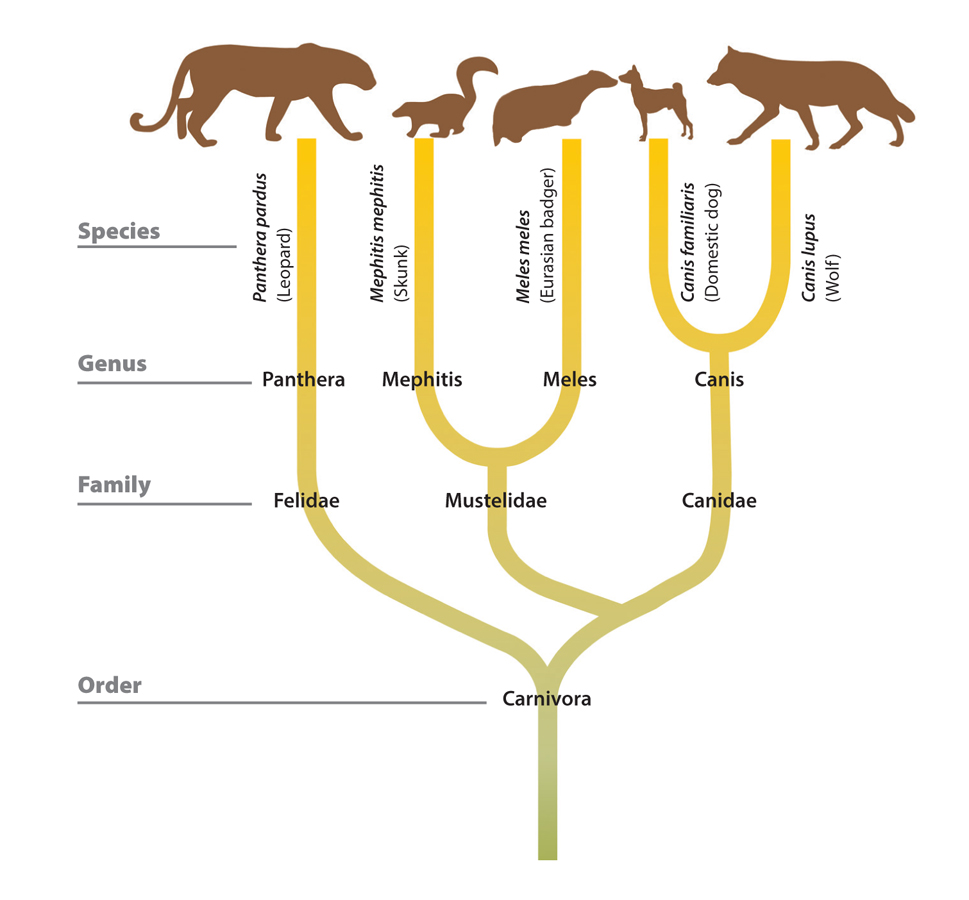
Badgers are a branch within the mustelid (or weasel) family, which has been around in its current form for 15 million years more than twice as long as our own species, Homo sapiens.
Whats in a name?
There are different suggestions for the origin of the word badger. It could come from the French bcheur, meaning digger. However, the French word for the Badger, blaireau, means corn hoarder, presumably in recognition of one of the mammals favourite foods. Alternatively, the name may be derived from badge in recognition of the mammals banded face its distinctive emblem amid the ink of night.

